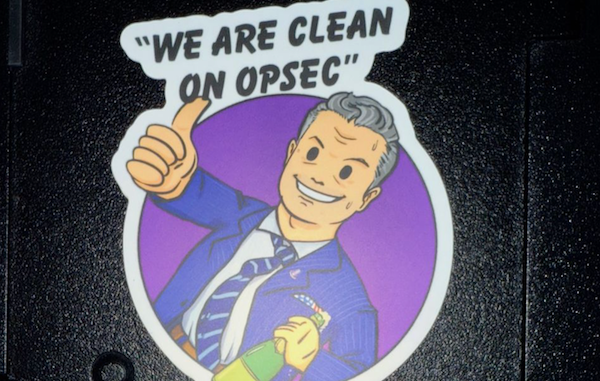Unraveling the Secrets of TeleMessage: A Glimpse into the Lives of Influential Figures
The world of cybersecurity and intelligence gathering has always been shrouded in secrecy. However, with the recent release of 410 GB of Java heap dumps from TeleMessage's archive server, courtesy of DDoSecrets, a trove of information has been made available to journalists and researchers alike. In this article, we will delve into the contents of these heap dumps, explore some initial findings, and shed light on potential customers of TeleMessage.
A Brief Background
TeleMessage's saga began with a scandalous incident involving Mike Waltz, a high-ranking Trump supporter who was photographed using TeleMessage SGNL, an Israeli-made knockoff of Signal that archives messages for its customers. The controversy escalated when it was discovered that TeleMessage had been hacked not once, but twice, with the vulnerability being as simple as loading the URL archive.telemessage.com/management/heapdump repeatedly to download a different Java heap dump from the server.
The hack, which occurred on May 4, 2025, resulted in the exposure of sensitive information, including messages between disaster responders, customs officials, U.S. diplomatic staffers, and even members of the White House staff. The dataset, while not exhaustive, provides a glimpse into the lives of influential figures who use TeleMessage for their communication needs.
An Initial Look at the Dataset
The 410 GB of Java heap dumps contain fragmented data that happened to be in memory at a single moment on May 4. The dataset is mostly a snapshot in time, with about 80% of the messages dating back to May 2025. While some interesting and potentially revealing information can be found within these dump files, it's essential to note that they are not a comprehensive copy of all data stored on the TeleMessage archive server.
A preliminary examination of the dataset has revealed several intriguing findings, including:
* A WhatsApp group called "MPD Command Staff" with an estimated 500 members, likely comprising personnel from various law enforcement agencies. * An increasing number of messages related to international cooperation and collaboration between government agencies. * Over 200 instances of private keys being stored within the heap dumps, suggesting that some users may have been using TeleMessage for sensitive communication purposes.
Uncovering Potential Customers
In an effort to make this dataset more accessible to researchers and journalists, a new tool called TeleMessage Explore has been developed. This open-source software will enable users to sift through the thousands of JSON objects within the dataset, identifying potential stories and leads.
According to the available data, some notable organizations that have employees using TeleMessage include:
* JP Morgan * Scotiabank * Andreessen Horowitz (a16z.com) * The U.S. Department of Defense
A Future for Investigative Journalism
The release of TeleMessage Explore marks a significant step forward in the democratization of access to this dataset. By providing a user-friendly interface and making it easier to navigate, researchers and journalists will be empowered to uncover more stories and shed light on previously unknown events.
As we continue to explore the depths of this dataset, it's essential to remember that our actions can have far-reaching consequences. With great power comes great responsibility, and it's up to us to use this information responsibly and for the greater good.
The Future of TeleMessage Explore
This is just the beginning of an exciting journey into the world of TeleMessage. As we continue to develop and refine our tools, we invite you to join us in uncovering the secrets that lie within these heap dumps. Subscribe to our newsletter for updates on the latest developments and stay tuned for more investigative journalism.
